The lemon tetra, Hyphessobrycon pulchripinnis, is one of the most popular aquarium fish of all and can be found in the standard range of pet shops all over the world. As with so many everyday species, little thought is given to them, but the lemon tetra holds many secrets!
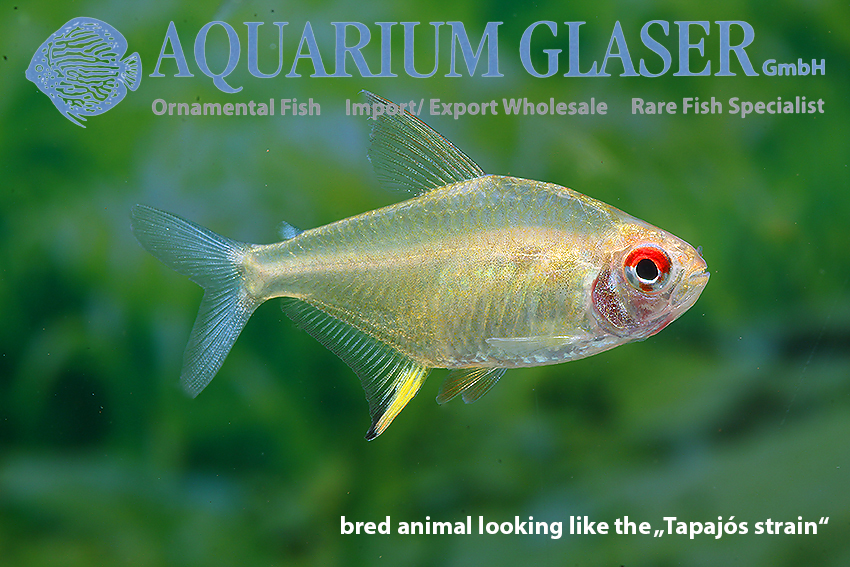
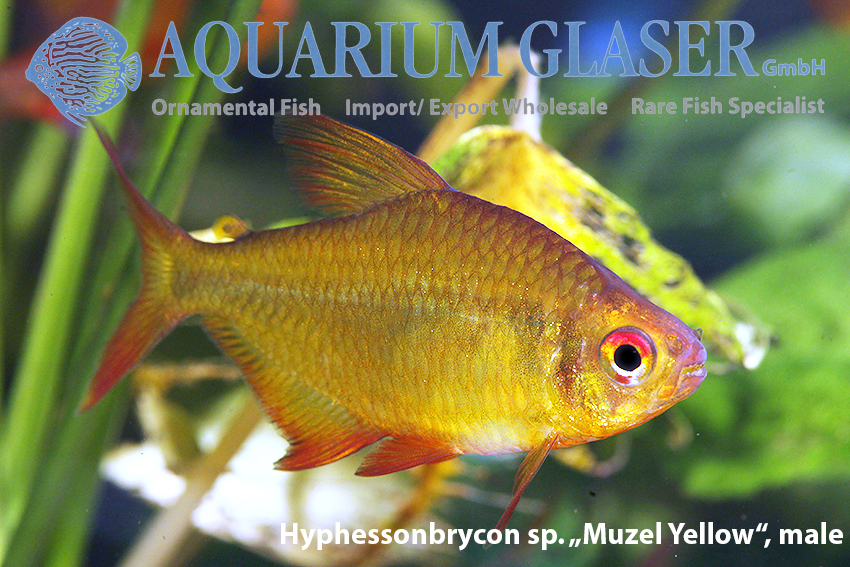
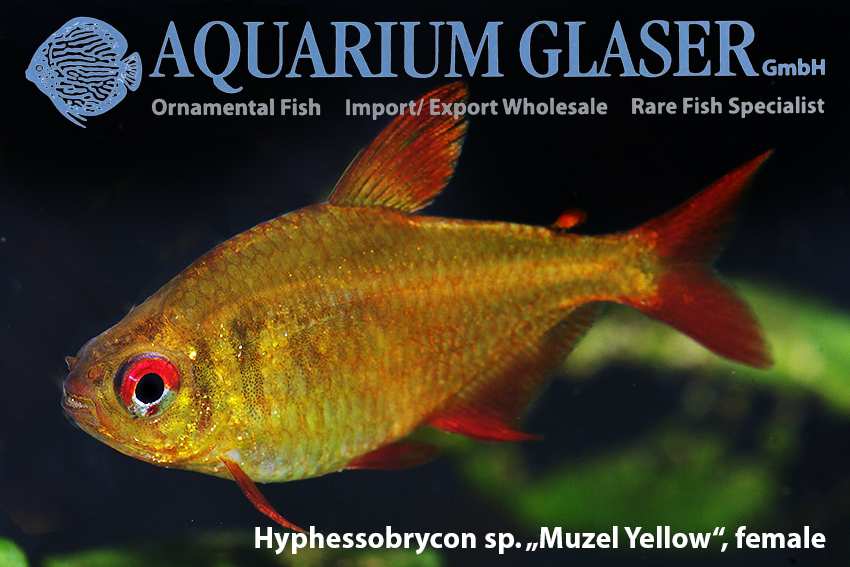
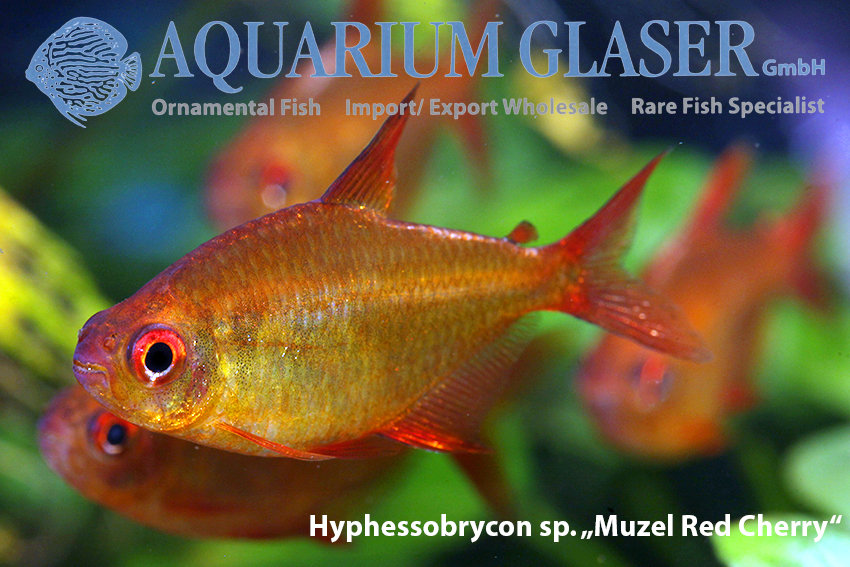
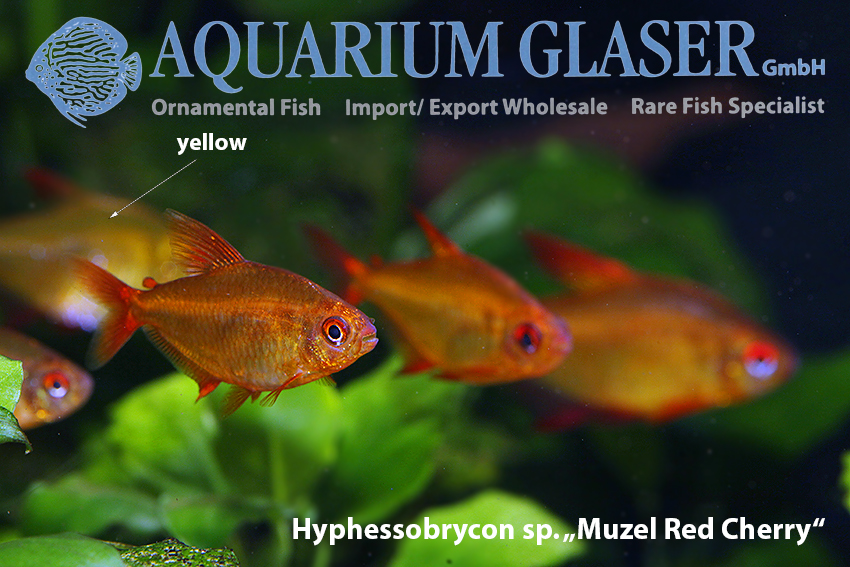
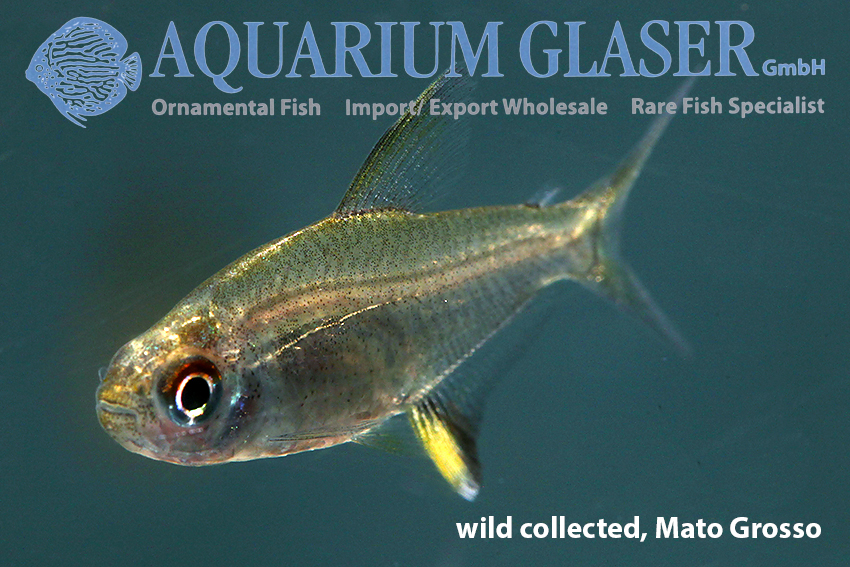
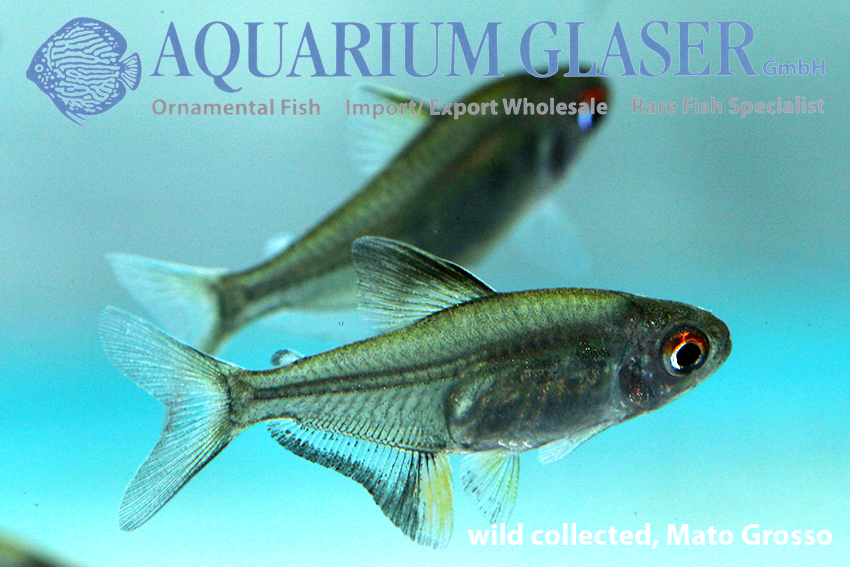
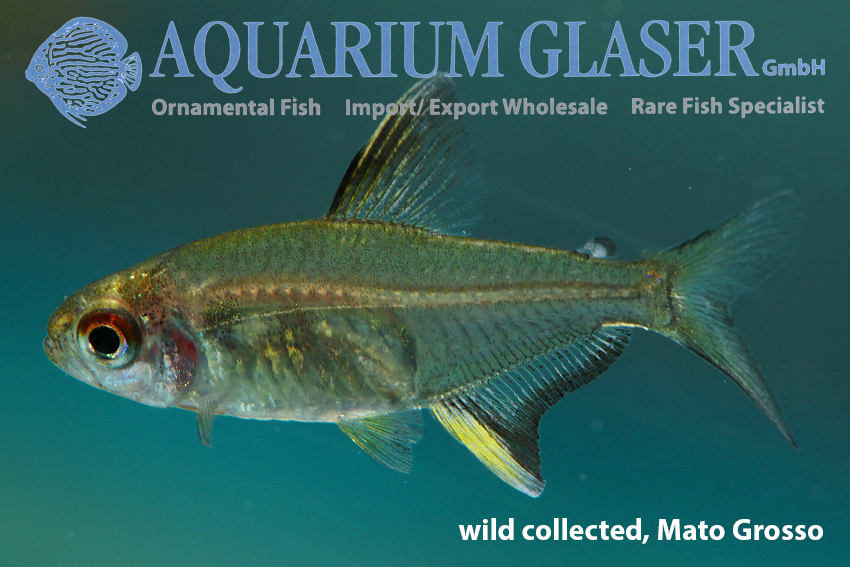
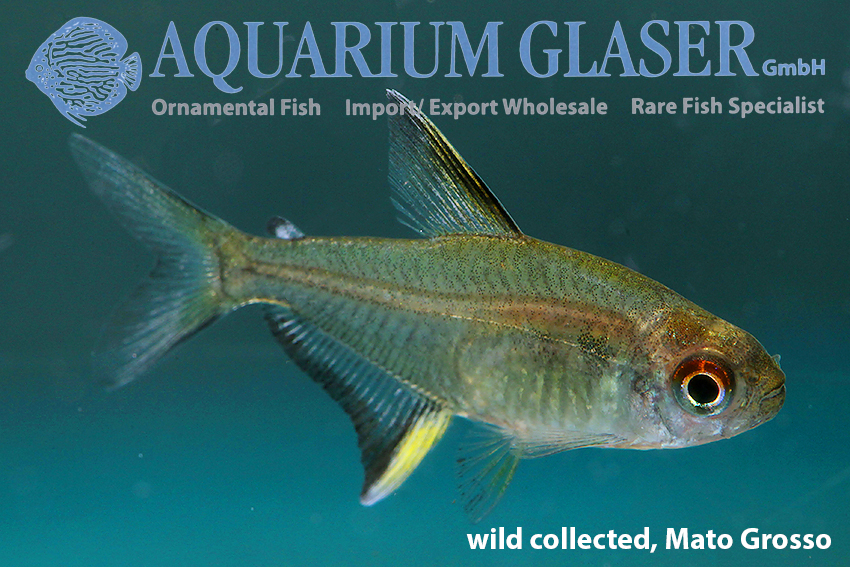
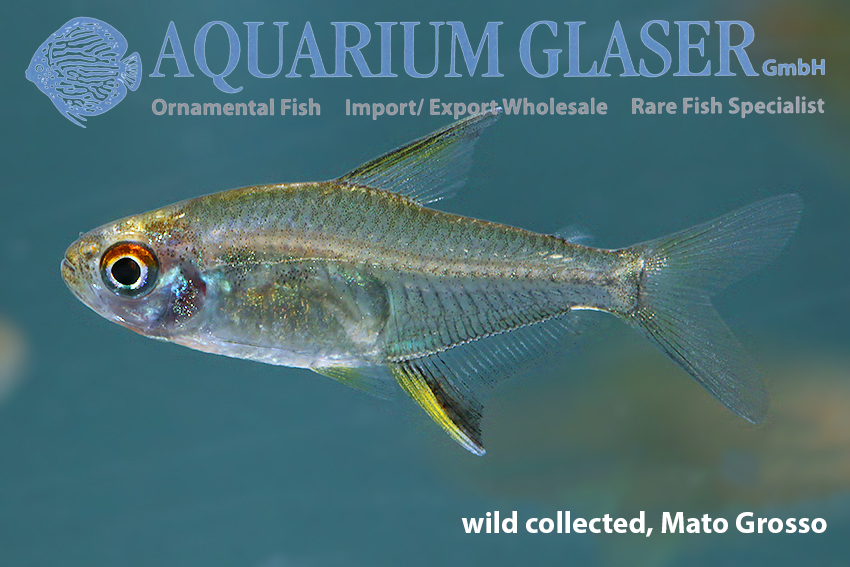
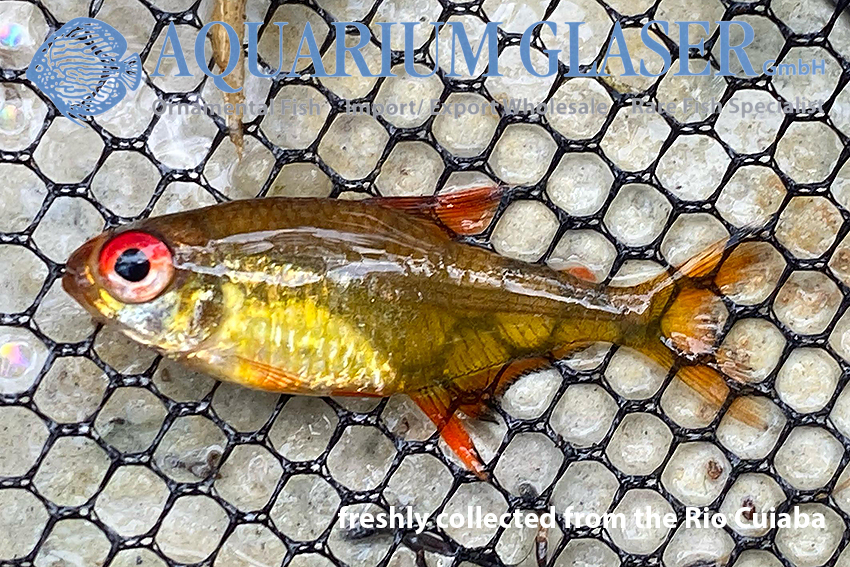
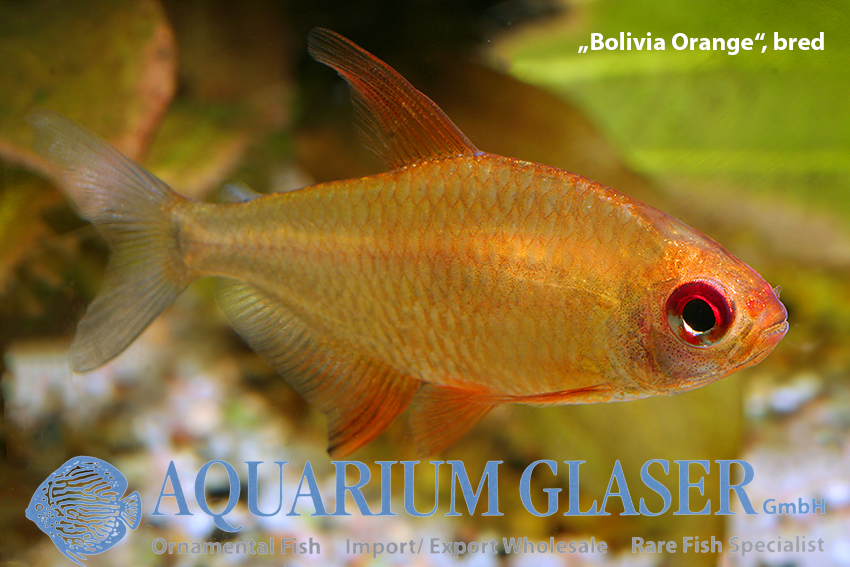
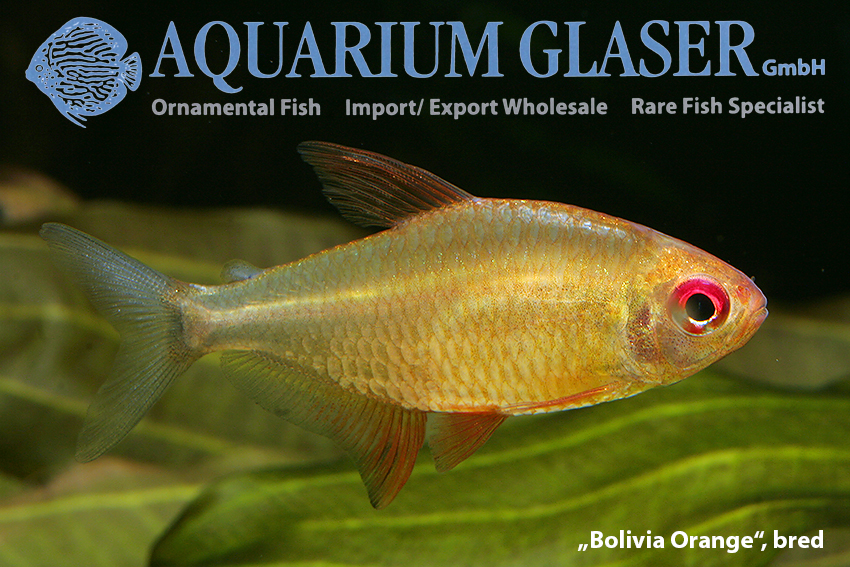
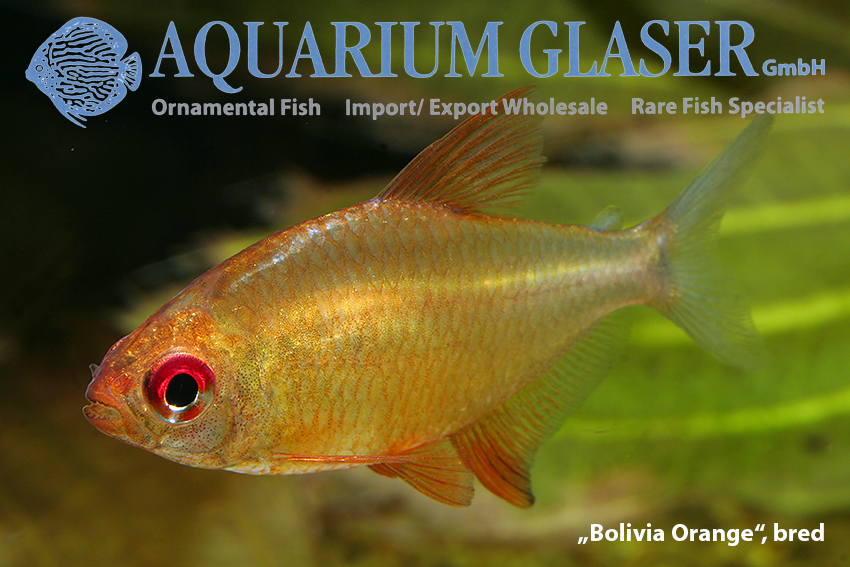
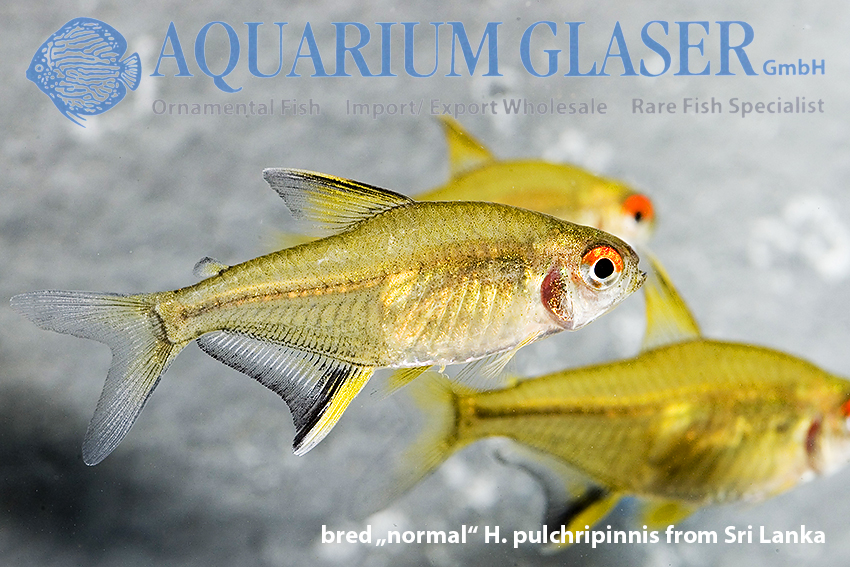
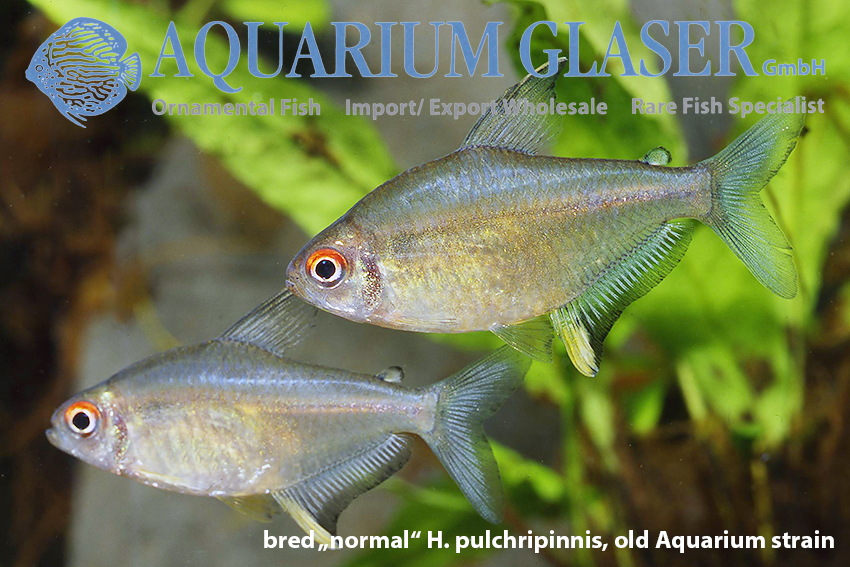
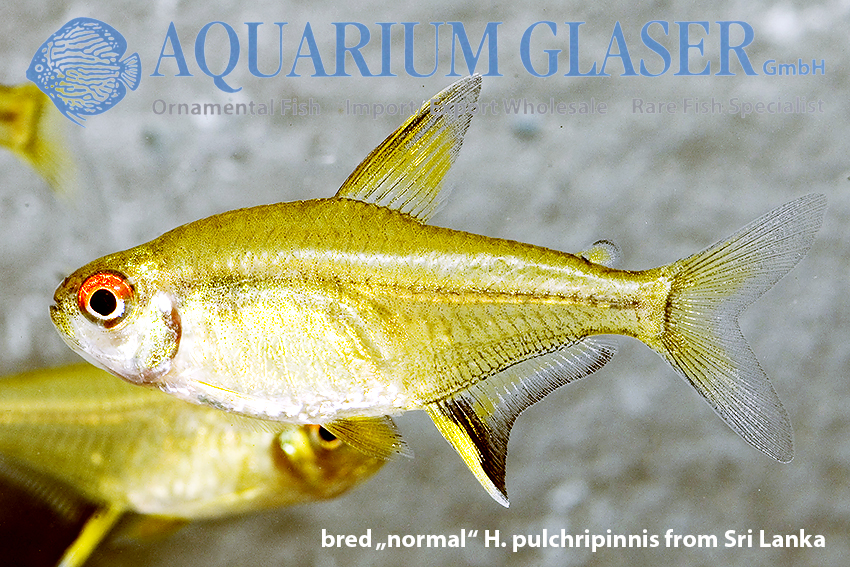

Its native habitat was unknown until 1980, although the species was described as early as 1937. The first description was based on aquarium fish imports whose origin was unknown and only vaguely stated as “probably Amazonas”. Although breeding the fish is not easy (randomly matched pairs often do not spawn, the females have to be brought to spawn at regular intervals so that the spawn remains fertile, etc.), wild catches were hardly ever made and it was not until 1980 that Gery discovered that the home of the lemon tetra is in the lower Amazon basin, more precisely in the middle and lower Tapajós between Itaituba and Jacare Acanga, as well as in streams that flow into the Rio Curua do Sol. Other authors also mention the Xingu and the Tocantins.
We have recently received wild catches of H. pulchripinnis from the Rio Cuiaba in the state of Mato Grosso (Brazil). This is an extremely rare event and gave us food for thought. As you can see from the picture of our supplier, freshly caught animals are crystal red. But in the aquarium, the animals usually discolor. This phenomenon is known from many fish species. The cause is most probably our clean aquarium water. In nature, the water is almost always cloudy due to clay or other suspended particles. The coloration of a fish cannot be controlled arbitrarily. This is done by hormones whose production is triggered by stimuli perceived by the eye (light, shade, water turbidity, color of the substrate, etc.). Although this explains very well why most fish in bright, sparsely furnished aquariums with little structure are very pale in color, it does not explain why they sometimes show bright colors after a certain period of time.
A group of “Muzel Red Cherry” tetras are swimming in one of our tanks in the show aquarium at Aquarium Glaser. They are imports from Brazil, but we assume that they were bred there. The Muzel are predominantly bright red-colored animals, but there are also some with a yellow body color. These yellow animals look very similar to lemon tetras. In the yellow Muzel tetras, the shoulder spot (= humeral spot) is also strongly pronounced, which is only very faintly visible in red Muzel tetras. All fins of both Muzel colors are bright red. This clearly distinguishes them from “true” lemon tetras, which at best have faintly orange dorsal and anal fins. The caudal fin of “true” lemon tetras is always transparent and colorless. “Bolivia Orange” lemon tetras also have this characteristic (see https://www.aquariumglaser.de/en/09-characoids-tetra-relationship/hyphessonbrycon-cf-pulchripinnis-bolivia-orange/).
Obviously there is a whole circle of forms around H. pulchripinnis, which includes the following species/forms: 1. the “classic” H. pulchripinnis, which has been at home in aquaria since 1937 (colorless caudal fin, usually also dorsal and anal fins, anal fin with yellow and black line on the leading edge, dorsal fin also with black on the leading edge); 2. the pulchripinnis “Tapajós”, as illustrated in the Aquarium Atlas Volume 1 (cuvette photo on site), which lacks the black line at the beginning of the anal and dorsal fin; to our knowledge, this species is not represented in the hobby or is not distinguished from the “normal” lemon tetra; 3. the “Bolivia Orange”, which has existed in the hobby since around 1980 (colorless caudal fin, dorsal and anal fins bright red, black line at the front edge of the anal fin missing); 3. the “Muzel Cherry Red”, in which all fins and the body are bright red, black line on the front edge of the anal fin is missing, in the hobby since about 2021; 4. the “Muzel Yellow”, which looks like the “Muzel Cherry Red”, but with a yellow-orange body. The mystery surrounding the sometimes crystal red “normal” lemon tetras remains unexplained, of which our supplier wrote to us: “In fact I see most of the tetras from Cuiaba like this (note: red is meant), I have already received some to send to China and after a few weeks most of them lose their color, or some get a better color…. it’s a shot in the dark…”
Keeping all lemon tetras is very easy and even beginners can manage it. The up to 4.5 cm in length animals are kept in groups in well-structured aquaria, where each fish soon occupies a tiny territory. They will eat any common fish food and the temperature can be between 22 and 28°C. The water should (but does not have to) be soft and slightly acidic, then the colors are at their best.
For our customers: the “normal” captive-bred lemon tetra has code 261603, the wild-caught tetra from the Mato Grosso 261642 on our stock list. Please note that we only supply the wholesale trade.
Text: Frank Schäfer, photos: H.-J. Mayland, E. Schraml, F. Schäfer




